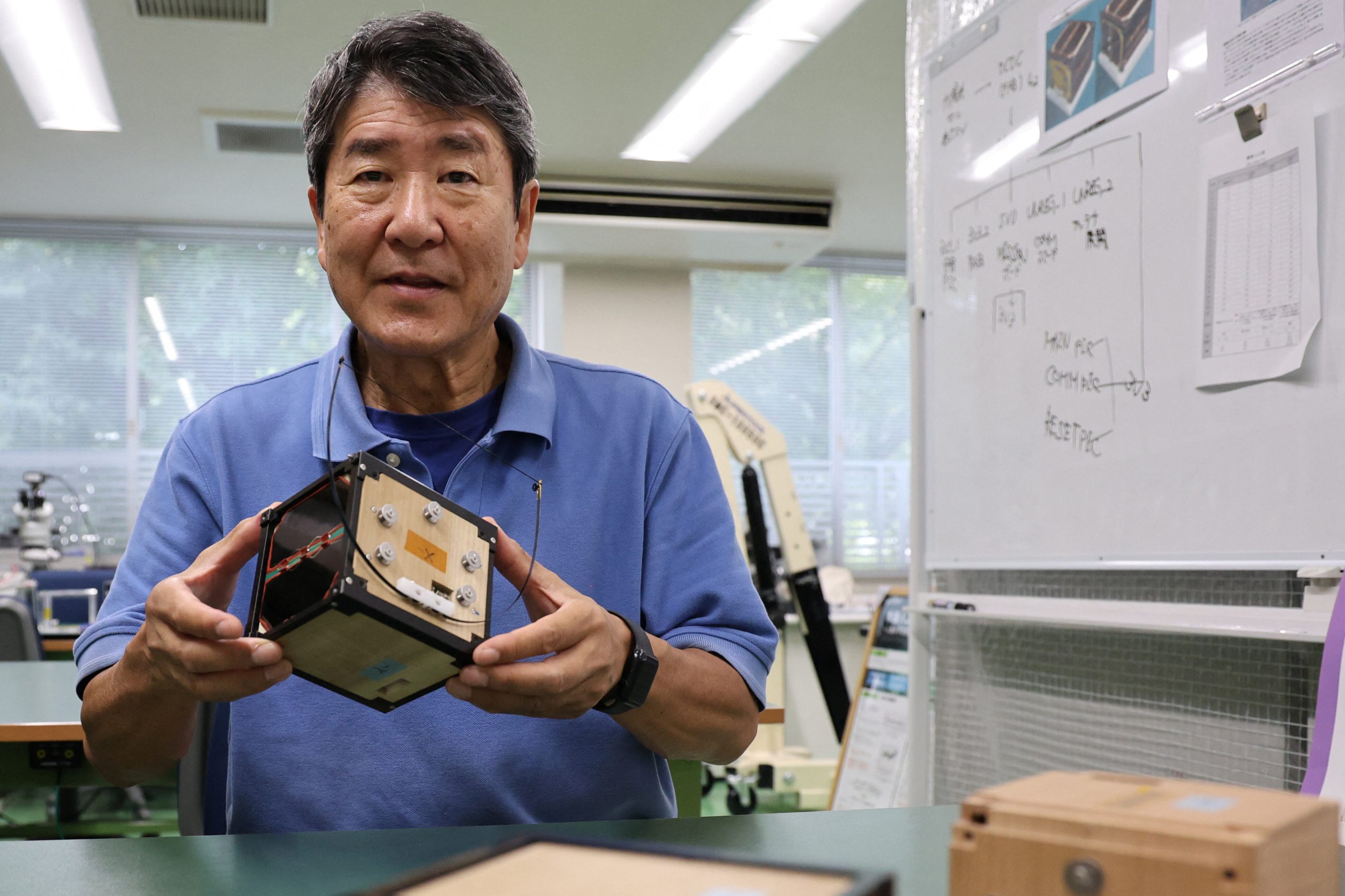Scientists in Japan launched the first satellite made of wood by blending age-old woodworking techniques with rocket science.
Since Sputnik 1 was launched in 1957, satellites have been made with metals. A group of Japanese scientists thinks it has a viable alternative: wood.
A SpaceX rocket launched Monday night from the Kennedy Space Center in Florida carrying the world’s first satellite model with wooden components, marking a potential shift in space engineering that marries cutting-edge technology with traditional craftsmanship.
The satellite, a wooden cube with four-inch-wide panels and small plastic and silicon parts, will be sent to the International Space Station carrying an array of electronics. The plan is to put it into orbit in early December, according to Koji Murata, a professor of forest and biomaterials science at Kyoto University in Japan who worked on the satellite.
If successful, the invention, named LignoSat after the Latin word for wood, lignum, could open the door to other uses for wood in space. The idea originated in 2017 from a question posed by Takao Doi, a Japanese engineer and former NASA astronaut: Could a human society living in space grow trees as renewable building material?
“We were trying to think about how to build something on the moon with wood,” Mr. Murata said in an interview. But they needed to verify whether wood could be used in space. The following year, Mr. Doi began talking about how, about a hundred years ago, airplanes had been built with wood. “So why not make a satellite with wood, too?” Mr. Murata said.
What began as an impulsive idea evolved into a serious scientific endeavor, he said. Mr. Doi and a group of scientists at Kyoto University and Sumitomo Forestry, one of Japan’s oldest timber companies, set out to determine the best wood to send to space.
